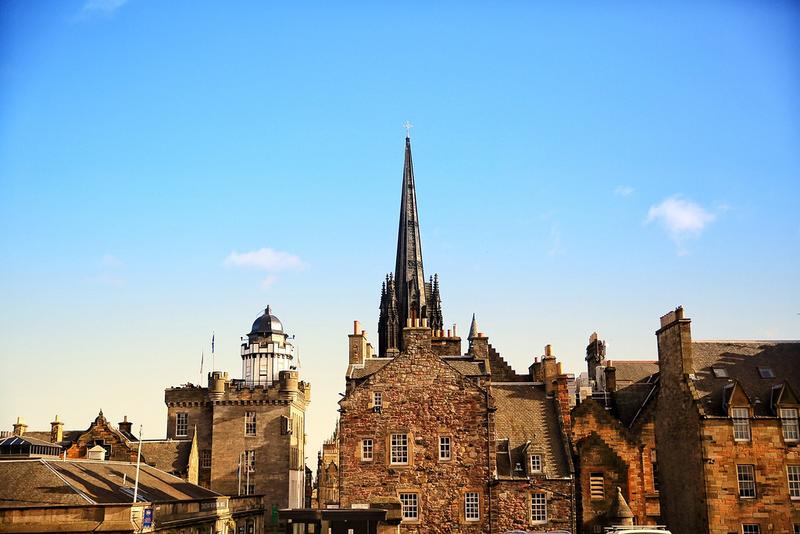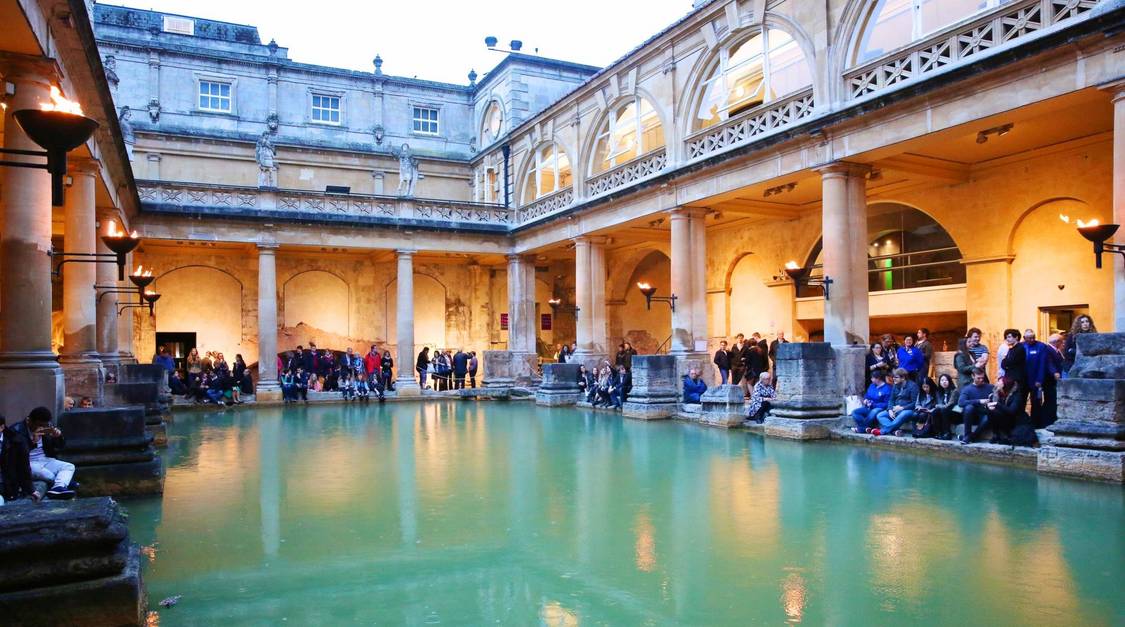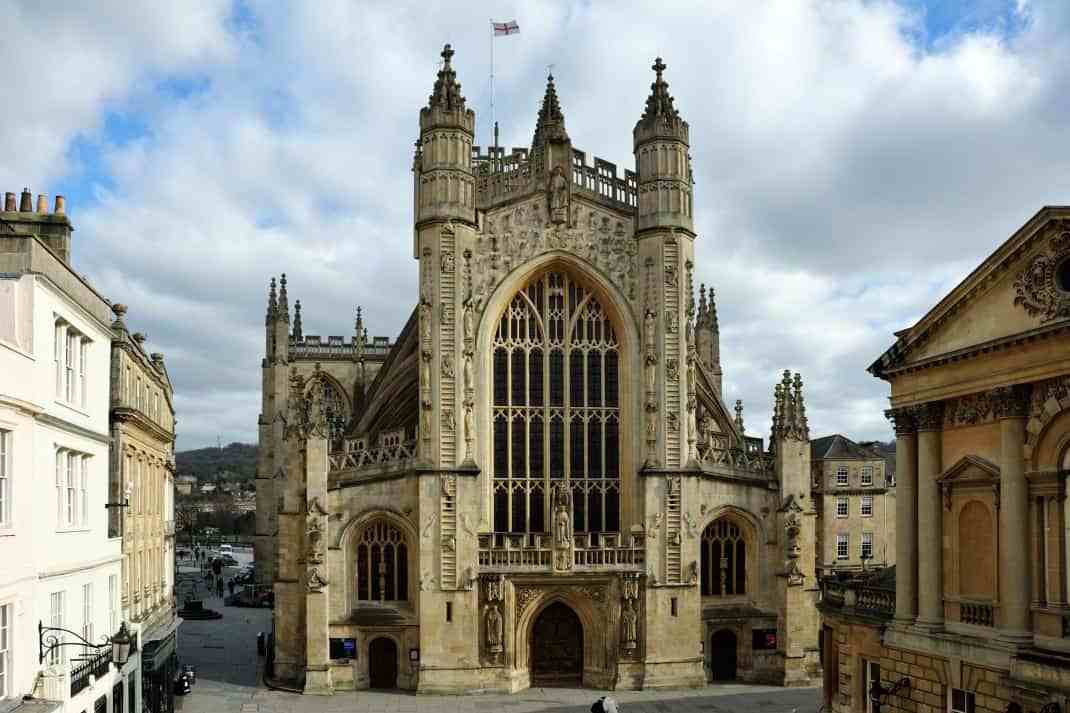Roman Baths
The Roman Baths in the center of Bath, directly opposite Bath Abbey, are the most famous attraction in Bath and the origin of the English name 'Bath'. The baths are well-preserved and are a major draw for visitors to Bath. Being there feels like stepping back into the Roman era. The site includes the Sacred Spring, the Roman Temple, and the Roman Bathhouse, among many other historical artifacts, all of which are awe-inspiring. Here, people can experience the leisure spots from the time when ancient Rome ruled Britain. Even today, visitors can go to the Thermae Bath Spa to experience this long-standing tradition.
Bath Abbey
The Abbey Church of Saint Peter and Saint Paul is a grand and exquisite building located in the center of Bath, and it is also a landmark that visitors will never get lost. Its full name is the Abbey Church of Saint Peter and Saint Paul. This building was founded in the 7th century and underwent two reconstructions in the 12th and 16th centuries. It is now one of the largest examples of Perpendicular Gothic architecture in the west of England. Inside the abbey, you can see 56 stained glass windows, each several meters high, collectively forming a complete depiction of the Passion of Christ. This solemn atmosphere is astonishing and evokes a sense of awe.
Hadrian's Wall
Hadrian's Wall, also known as the 'Eternal Spine', is one of the oldest landmarks in the UK, located on the border between Scotland and England. The wall was built in AD 122, took six years to complete, and was constructed by fifteen thousand Roman soldiers. It spans from Carlisle to Newcastle in northern England and consists of walls, watchtowers, barracks, and forts. Hiking through this World Heritage site is the best way to experience this historical structure. The 84-mile-long Hadrian's Wall National Trail will take you through some of the best ancient Roman forts and museums in England, offering stunning views of the UK's most beautiful countryside, and ultimately leading you to the bustling cities of Carlisle and Newcastle.
St Giles' Cathedral
The largest church in Edinburgh is St Giles' Cathedral, whose most striking feature is the Scottish Crown spire. In front of the church stands a statue of the patron saint, St Giles, and on the other side of the entrance is the Mercat Cross. The interior of the church is lavishly decorated, with many beautiful rose windows and statues. It also houses numerous historical and cultural artifacts, including 16th-century wooden carvings of saints and prophets, and the 'Ancient Scottish Prayer Book,' allowing visitors to experience a rich history and culture.











